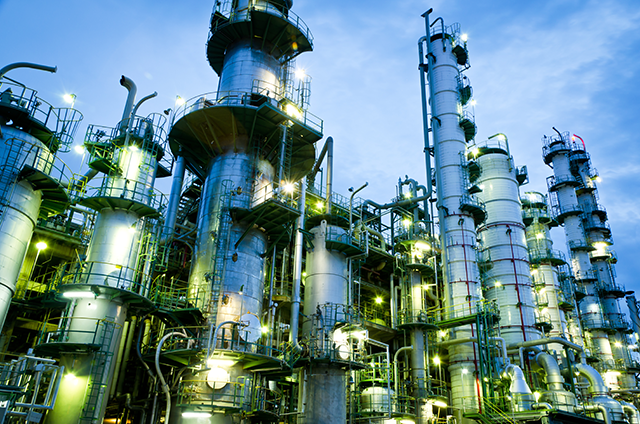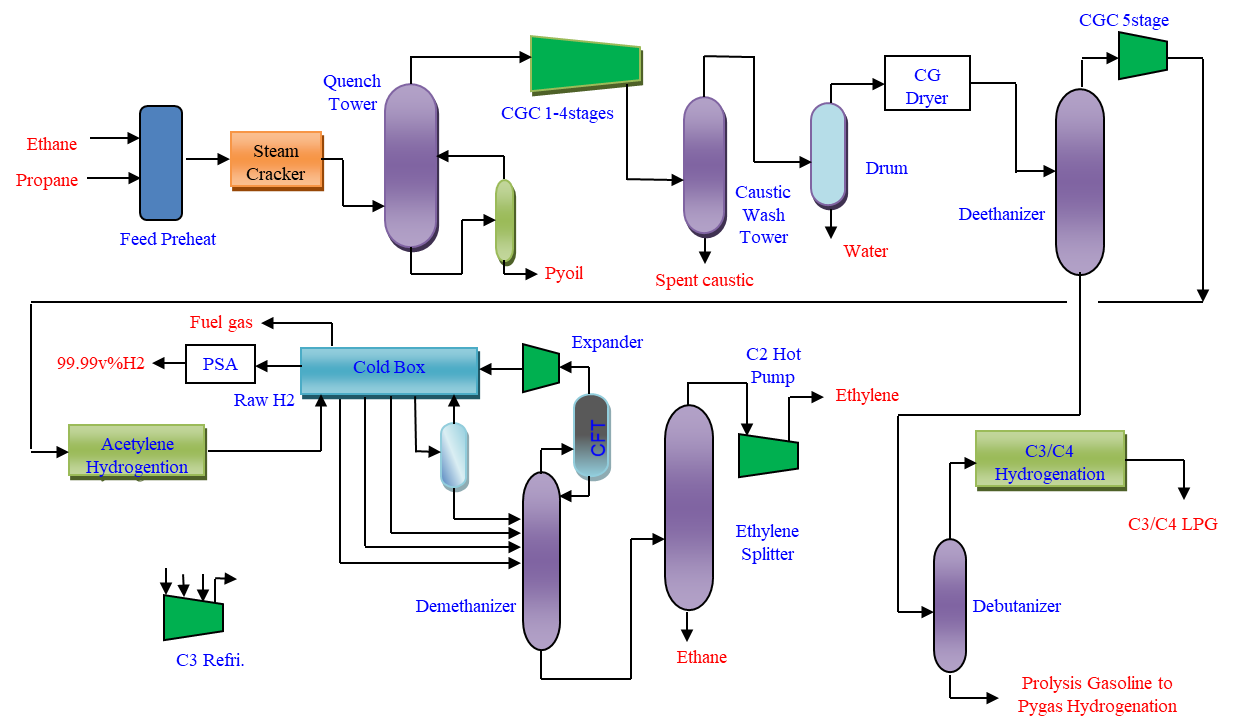Technology

- Name
- SINOPEC CBL Steam Cracking
- Owner
-
/ China Petrochemical Technology Company, Ltd. - Brand
- CBL Steam Cracking
- Process
- Cracking
- Type
- Steam Cracking
- Available
-

- #TE263
Description
Insights from our Experts
|
2025/10/28 07:04 AM
China Petroleum & Chemical Corporation (Sinopec) has achieved remarkable success in developing proprietary steam cracking technology over the past three decades, transforming from a technology importer to one of the world's few owners of complete |
| Entity | Site (Country) | Asset (Plant) | |||
|---|---|---|---|---|---|

|

|
|
Steam Cracker | ||

|

|
|
Steam Cracker | ||

|

|
|
Steam Cracker | ||

|

|
|
MFC | ||

|

|
|
SCU | ||

|

|
|
SCU2 | ||

|

|
|
SCU | ||

|

|
|
SCU3 | ||

|

|
|
Gas Cracker | ||

|

|
|
Mixed Feed Cracker | ||

|

|
|
SCU2 | ||

|

|
|
Steam Cracker | ||

|

|
|
Steam Cracker | ||

|

|
|
SCU | ||

|

|
|
MFC | ||

|

|
|
Steam Cracker | ||

|

|
|
SCU1 | ||

|

|
|
SCU2 | ||

|

|
|
SCU3 |
Content provided by
| Transaction | Name | Date |
|---|---|---|
| Modified by |
|
10/30/2025 7:28 PM |
| Added by |
|
10/13/2024 4:31 AM |










